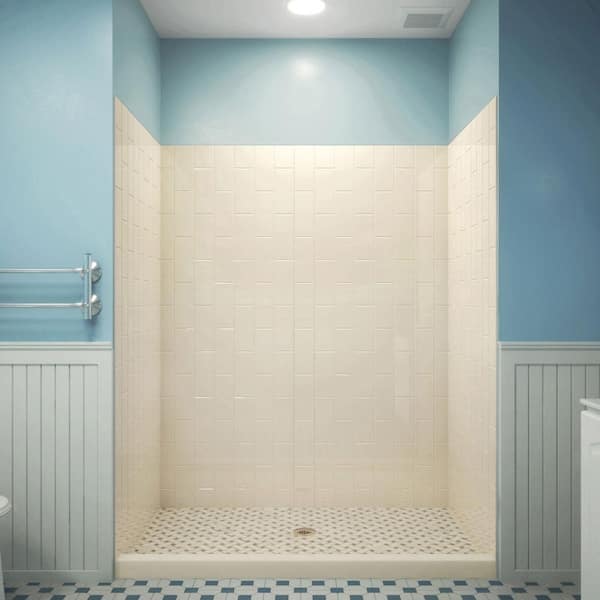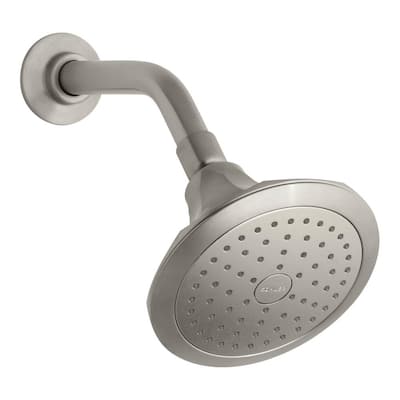5 Solutions to Acrylic Bathroom Issues
5 Solutions to Acrylic Bathroom Issues
Blog Article
{This Website Just about everyone seems to have their own individual way of thinking on the subject of Hiring a Plumbing Company. We recommend that you clean your acrylic bathing product made of Delta ProCrylic or Acrylic with Innovex Technology with non-abrasive soaps and cleaners, such as: When it’s time to clean, always use a terry cloth towel, soft cloth or sponge to avoid scratching the acrylic surface. Don’t use abrasive scrubbing pads, steel wool or sponges, cause permanent damage to the acrylic material. If you use a drain cleaner or clog remover, be sure to rinse thoroughly with water so no product is left standing near the drain. Some chemicals and cleaners may deteriorate acrylic surfaces, causing cracks and, potentially, property damage. To avoid this, don’t use cleaning products that state on their label that they are not suitable for use on Acrylic, ABS, Polystyrene or Plastic. Be sure to check the label of any product before you apply it to the surface; it’s easier to avoid damage than to try to remedy it. Chemicals we do not recommend using to clean acrylic showers/tubs: When you’re ready to apply sealant, a little planning goes a long way. Pick up some painter’s tape and use it to mask off the seam to help make cleaning up easier. When you’re applying the bead, use a constant, steady speed to avoid an uneven finish. Use a caulk tool or a plastic spoon to work the sealant into the joint. Wetting the tool with denatured alcohol will help create a smooth finish. Follow the directions on the back of the tube for cure time. Certain chemicals and cleaners may deteriorate acrylic surfaces, causing cracks and, potentially, property damage. After you’re finished applying it, clean up the product surface and remove any excess sealant with denatured alcohol. Don’t use solvents (turpentine, lacquer thinner, mineral spirits, paint thinner, MEK, xylene, acetone, naphtha, etc.) that can wreak havoc on an acrylic surface. With a little care and consideration, you can prevent damage to your acrylic shower or tub. Keep a supply of soft cloths handy and remove any damaging products or abrasive scrubbing items from the bathroom to ensure they aren’t around when it’s time to clean. https://www.deltafaucet.com/design-innovation/inspiredliving/how-to-clean-acrylic-shower I'm just very fascinated by Things To Look Out for Before Hiring a Plumbing Company and I'm hoping you appreciated the new blog post. Liked our write up? Please share it. Help another person find it. Thanks for your time. Kindly visit our blog back soon.
Acrylic baths, shower trays, as well as various other acrylic washroom ware have actually ended up being more usual in restrooms in recent times. Not as stylish as well as durable as enamel and porcelain bathrooms and components, they are a lot more budget-friendly and also serve quite much the exact same standard function. Some common instances of damages to acrylic shower room fixtures include discoloration, fractures, holes, and so on.Scratched shower or bathroom surface
Acrylic shower room components are not abrasion-resistant like enamel varieties. They are a lot more susceptible to scrapes and less long lasting. Being a really soft product, acrylic scratches can even be concealed without coating or filling. For these, you need to seek professional help for your bathroom repairs. As a prevention tip, prevent utilizing rough sponges when cleansing. Instead, you must use a straightforward fluid cleaner with a soft pad.Chain reaction
In some cases, individuals try to repaint the whole surface area of their acrylic bath by themselves either since they do not such as the shade to hide blemishes. However, when they do not like the end result, they apply paint removers. You need to never ever make use of paint eliminator on acrylic bathrooms. Paint removers do not react with the surface of steel baths, they ruin acrylic baths irreversibly. This produces even more help the professional. The most effective course of action below is to call a specialist for help with replacing the bath.Bathroom Staining
With long term use of acrylic bathrooms comes discoloration or discoloration. While some stains can be gotten rid of quickly, using unique chemicals, others require that the bathroom be resprayed. It is essential to keep in mind that bleach or detergents do really little in removing such discoloration as well as they might even intensify it. The majority of times, these cleaning up representatives cause staining gradually. Aromatherapy oils loosen the dirt in many cases therefore restoring the bath to its former magnificence. Cleaning up and also polishing also in some cases. For more stubborn spots, you will need a new layer of covering. This type of taking care of will need a professional.Cracked Polymer Baths
The life-span of acrylic as well as fiberglass bathrooms is up to 15-20 years for shower frying pans as well as bathrooms, typically. Cracks in an acrylic shower tray are possibly among the simplest issues to fix for a repair work expert. The most effective part is you get to see the results nearly promptly. This is the same for PVC, resin, and other such products. A minute fracture should be attended to on time before it spreads out additional leading to extra extreme damage. While these can be fixed on a budget plan tackily, a specialist can help you get it performed with more skill for a fee. Quick house repairs can be done with epoxy materials but if the result ends up poorly, this would certainly make the repair work extra tough for an expert.
Polymer bathrooms, shower trays, as well as various other acrylic shower room ware have ended up being much more usual in shower rooms in current times. You should never make use of paint cleaner on acrylic bathrooms. Paint removers do not respond with the surface of metal bathrooms, they damage acrylic baths irreversibly. With long term use of acrylic bathrooms comes discoloration or staining. The life expectancy of acrylic as well as fiberglass bathrooms is up to 15-20 years for shower frying pans and also bathrooms, generally.How to clean Acrylic shower
USE THESE NON-ABRASIVE CLEANERS
DO NOT USE THESE CLEANERS
Sealant Application Tips

Book Service Now